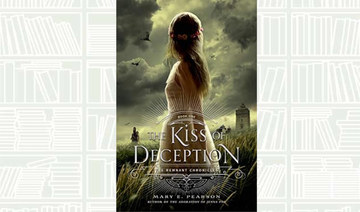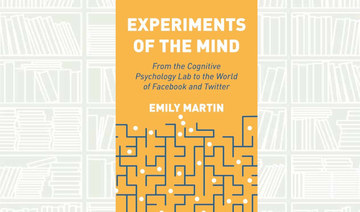CAIRO: Shady Lewis Botros says his recently published novel — “Ways of the Lord” — can be broadly viewed as an attempt to answer one question: What it’s like to be a Christian in Egypt?
The answer, given in stories narrated by the book’s chief character, is complex and often disheartening. It’s giving your children neutral names that don’t identify them as Christians in hopes they’ll have a sporting chance of progress in the mainly Muslim nation. It means facing baseless but dangerous charges of spying for Israel at time of war. It means turning off the lights at home and gathering the family in one room to escape the attention of a Muslim mob on the street.
Beyond entrenched discrimination, the Arabic-language novel explores what the author says is the victimization of Egypt’s Christians by a “politically engineered harmony” between the state and their own church, seeking to control their lives.
“Ways of the Lord” is a rare example of an Egyptian work of fiction whose primary characters are Christian. The result breaks stereotypes that many of the country’s Muslims hold about their minority compatriots. But it also turns the look inward, dispelling the secrecy surrounding the ancient Coptic Orthodox Church — the predominant denomination in Egypt — and addressing its controlling practices and its rivalries with smaller churches.
“Most Coptic literature is about the discrimination or oppression Christians endure with a dose of rights advocacy. That’s understandable but that is also about as far as it goes,” Botros told The Associated Press in a telephone interview from London, his home of 13 years. “This work introduces Egyptians to the reality of Copts as a people who are not always praying, singing hymns and waiting on every word from the church. The novel opens the world of Copts to both Copts and Muslims.”
The novel, the author’s first, takes on added relevance because the Coptic Church leadership has adhered closer than ever to the government. It’s an alliance that gives the community a measure of protection but has raised questions over its independence and has drawn the wrath of Islamic militants, who have over the past two years killed more than a 100 Christians in attacks.
The church’s unity is also being tested, partially over calls for it to modernize some of its rigid rules, like those governing marriage and divorce. The killing in July of the abbot of a monastery, for which two monks are on trial, has led to soul searching about the practices of monasticism, traditionally a cornerstone of the church’s identity.
The novel tells the story of a young Christian man in Cairo, Sherif, who has abandoned the church. He’s in a relationship with a German woman, but to marry her he must first get a church document. So he goes to his neighborhood priest each week for interviews that turn into confessionals.
Sherif relates a series of tales to explain to the priest why he never comes to church. He tells of his family’s past rebellions, like a grandfather who left the Coptic Church because the priest would not baptize his newborn child before her death.
As a young man, he says, he hopped from one Christian denomination to another to explore his identity. His father is cynical about his spiritual search, telling his son, “Generally, they are all con artists.”
The confession sessions with the priest are one of two plot tracks running through the novel. The other follows Sherif’s political activism, which lands him in trouble with the police. His one hope to escape jail time is to marry his girlfriend and go to Germany, but in the end, the girlfriend returns home. He spends a year in jail for a white-collar crime he did not commit.
“Sherif was painted as a character in crisis and that’s not just on account of being a member of a minority, but rather as someone facing an existential crisis over his problems with the church and the state,” said literary critic Ahmed Shawqy Ali.
The novel ends with Sherif surrendering to the powers that crush his rebellion. Jobless after losing his government engineering job, he survives on a small income from doing little jobs for the church, while telling his stories to whoever will listen. “The ways of the Lord are strange and tough to understand,” Sheriff says of his return to the church’s embrace.
Botros said the book’s “fatalistic” ending “shows that, in a place like Egypt, religious minorities like Christians don’t have many choices.”
The church presents itself as the protector of Egypt’s Copts, and many in the community adhere to it fervently.
“The church is a peacemaker that is in harmony with everyone, from the ruling government and civil society groups to Al-Azhar,” said a church spokesman, Boulis Halim, referring to the top Muslim institution in Egypt. “We cannot deny that there are shortcomings in some respects, especially the social field, but that will evolve going forward.”
But critics say the interests of individual Christians get lost under the church’s communal leadership.
Kamal Zakher, a Christian who is one of Egypt’s top experts on the Coptic Church, said the church has become a “hostage” to the government for safety, particularly since the rise of Islamic hard-liners starting in the 1970s.
It and the government leadership deal with each other directly, but “they have all forgotten that ordinary Christians deal on daily basis with bureaucrats who, like everyone else, have been influenced by that Islamic revival,” Zakher said.
Karoline Kamel, a researcher on church affairs from the Egyptian Initiative for Personal Rights, said the novel’s main character is not typical of Coptic youth, who in large part associate closely with the church. But she said the novel gets the theme of control right.
“The church’s protection is focused on itself as an institution, as walls and buildings regardless of what happens to Christians,” she said.
Egyptian novel explores Christians under controlling church
Egyptian novel explores Christians under controlling church
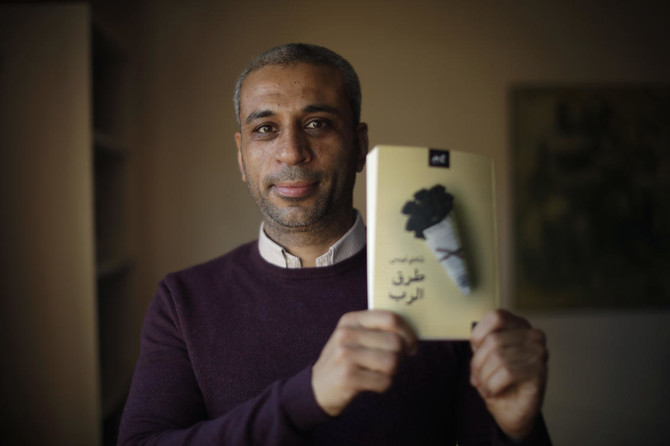
- The novel tells the story of a young Christian man in Cairo, Sherif, who has abandoned the church
- It explores what the author says is the victimization of Egypt’s Christians by a “politically engineered harmony” between the state and their own church
What We Are Reading Today: ‘Counterrevolution’ by Melinda Cooper
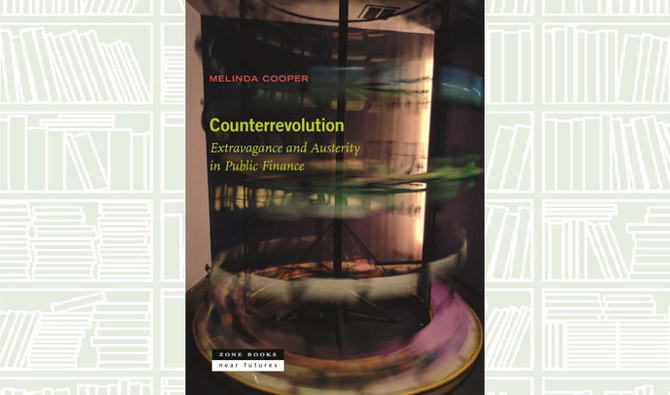
At the close of the 1970s, government treasuries and central banks took a vow of perpetual self-restraint.
To this day, fiscal authorities fret over soaring public debt burdens, while central bankers wring their hands at the slightest sign of rising wages.
As the brief reprieve of coronavirus spending made clear, no departure from government austerity will be tolerated without a corresponding act of penance.
What We Are Reading Today: ‘The Kiss of Deception’
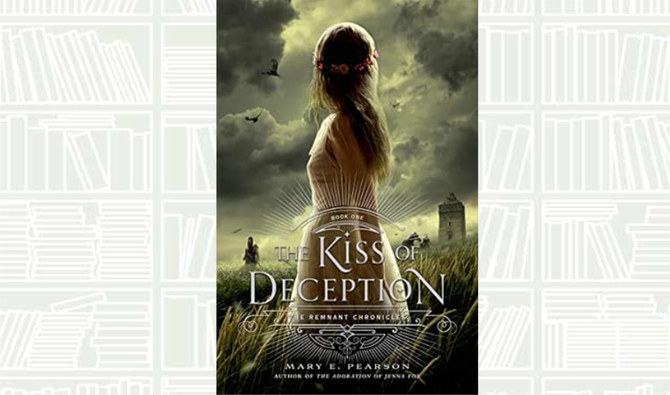
- The novel is written in a distinctive style, with Lia’s perspective telling the first half of the story and Rafe and Kaden’s narrative telling the second
Author: Mary E. Pearson
“The Kiss of Deception” by Mary E. Pearson, the first book in the “Remnant Chronicles” series, is a young adult fantasy novel published in 2014 that follows the story of Lia, the princess of the Kingdom of Morrighan. She is set to marry a prince from a neighboring country whom she has never met, but insted decides to run away on her wedding day.
The plot thickens as Lia is on the brink of unlocking perilous secrets and finds herself falling in love. The book introduces a diverse cast of characters, including Lia’s best friend Pauline, and two young men named Rafe and Kaden, who have their own secrets and motives.
The fantasy novel establishes the groundwork for an interesting and exciting story with a compelling plot and well-rounded characters.
The novel is written in a distinctive style, with Lia’s perspective telling the first half of the story and Rafe and Kaden’s narrative telling the second.
The story has more depth because of its narrative style, which gives readers a glimpse into the motivations and mindset of each character.
The reader is drawn into Morrighan’s world and kept interested in the plot by Pearson’s vivid and captivating language. The novel moves along at a good clip, with action and tension increasing throughout to provide a satisfying finish. The world-building is also well-crafted, with intricate details and a rich history that adds depth to the story.
However, the novel’s main mystery is solved early on, which takes a significant amount of the narrative’s tension and suspense away. Even while the world-building and character development are excellent, some readers might find it challenging to immerse themselves in the story completely due to its predictable plot.
As the characters work through a convoluted web of lies and covert objectives, “The Kiss of Deception” tackles many topics, including destiny, responsibility, adventure, love, and friendship. It also dives deeply into the theme of deception and secrets.
Readers are reminded of the value of self-discovery and remaining true to oneself despite social pressures and expectations through Lia’s journey.
“The Kiss of Deception” marked a notable contribution to the young adult genre, particularly in the realm of fantasy. The novel offers a unique take on the traditional princess story, with a strong and independent female protagonist who is not defined by her royal status.
People of color are among the book’s varied array of characters, which is still uncommon in mainstream young adult fiction. All things considered, “The Kiss of Deception” is a unique and refreshing addition to the canon of young adult fantasy.
What We Are Reading Today: ‘Experiments of the Mind’
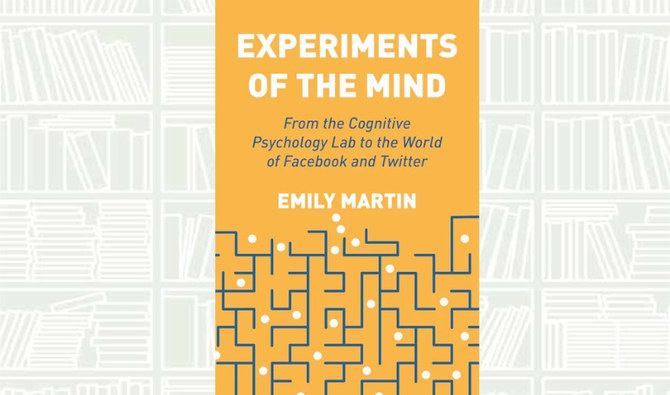
Author: EMILY MARTIN
Experimental cognitive psychology research is a hidden force in our online lives. We engage with it, often unknowingly, whenever we download a health app, complete a Facebook quiz, or rate our latest purchase.
How did experimental psychology come to play an outsized role in these developments? “Experiments of the Mind” considers this question through a look at cognitive psychology laboratories. Emily Martin traces how psychological research methods evolved, escaped the boundaries of the discipline, and infiltrated social media and our digital universe.
What We Are Reading Today: ‘Quantitative Biosciences Companion in Python’
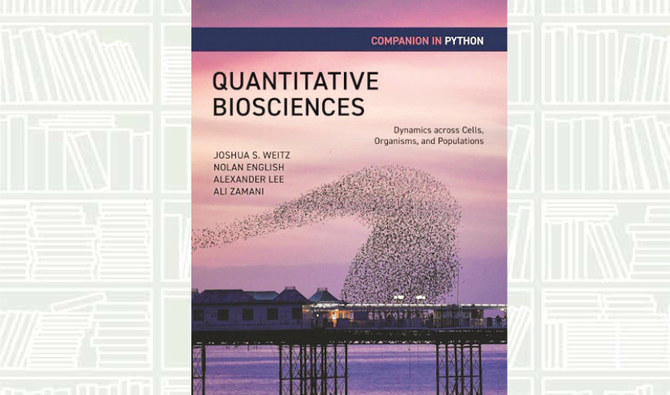
Authors: JOSHUA S. WEITZ, NOLAN ENGLISH, ALEXANDER LEE, AND ALI ZAMANI
This lab guide accompanies the textbook “Quantitative Biosciences,” providing students with the skills they need to translate biological principles and mathematical concepts into computational models of living systems.
This hands-on guide uses a case study approach organized around central questions in the life sciences, introducing landmark advances in the field while teaching students—whether from the life sciences, physics, computational sciences, engineering, or mathematics—how to reason quantitatively in the face of uncertainty.
What We Are Reading Today: Heart of Darkness: Unraveling the Mysteries of the Invisible Universe
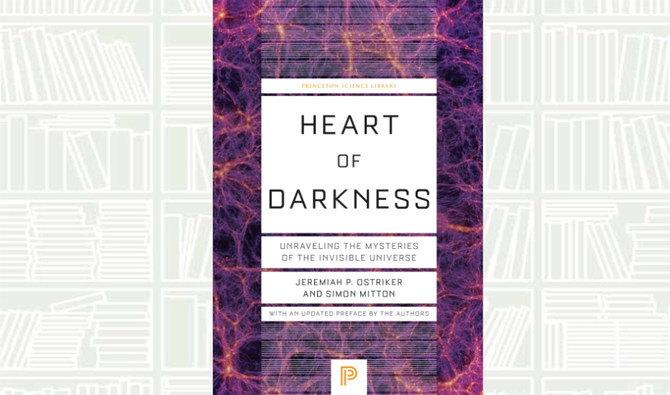
- The story of how evidence for the so-called “Lambda-Cold Dark Matter” model of cosmology has been gathered by generations of scientists throughout the world is told here by one of the pioneers of the field, Jeremiah Ostriker, and his coauthor Simon Mitton
Authors: Jeramiah P. Ostriker and Simmon Mitton
Heart of Darkness describes the incredible saga of humankind’s quest to unravel the deepest secrets of the universe. Over the past 40 years, scientists have learned that two little-understood components—dark matter and dark energy—comprise most of the known cosmos, explain the growth of all cosmic structure, and hold the key to the universe’s fate.
The story of how evidence for the so-called “Lambda-Cold Dark Matter” model of cosmology has been gathered by generations of scientists throughout the world is told here by one of the pioneers of the field, Jeremiah Ostriker, and his coauthor Simon Mitton.
From humankind’s early attempts to comprehend Earth’s place in the solar system, to astronomers’ exploration of the Milky Way galaxy and the realm of the nebulae beyond, to the detection of the primordial fluctuations of energy from which all subsequent structure developed, this book explains the physics and the history of how the current model of our universe arose and has passed every test hurled at it by the skeptics.
This monumental puzzle is far from complete, however, as scientists confront the mysteries of the ultimate causes of cosmic structure formation and the real nature and origin of dark matter and dark energy.



